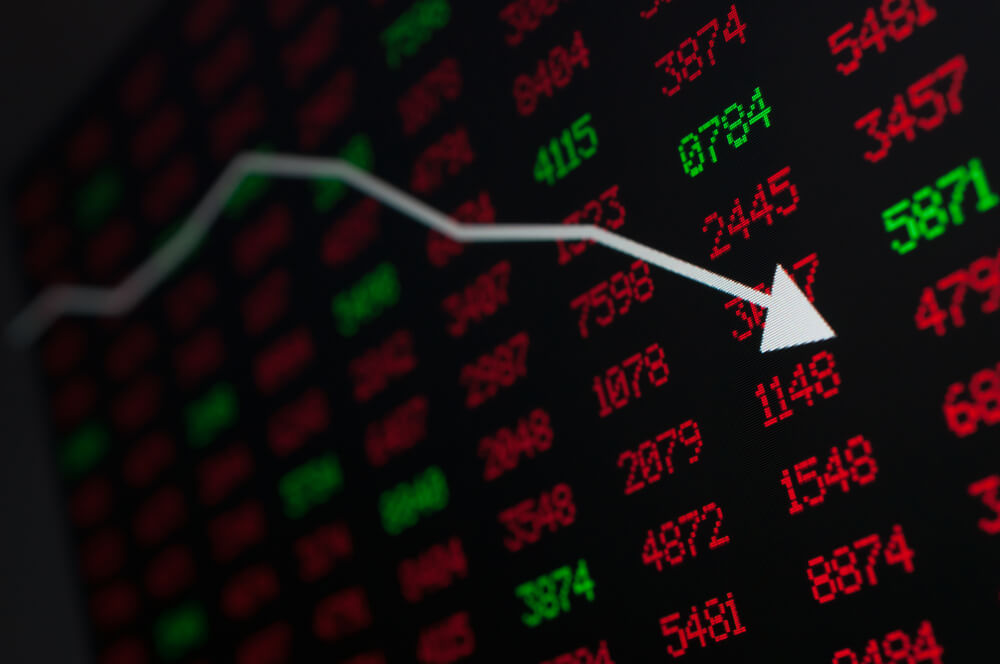Small-company stocks have stumbled after racking up strong gains for much of this year.
The Russell 2000 index, a benchmark of small and mid-sized companies, is up about 9 percent this year. But since August, it’s down about 4 percent while the S&P 500 index of larger companies is up about 1 percent.
Investors favored smaller company stocks as tensions between the U.S. and its biggest trading partners escalated. They bet that smaller companies’ greater focus on the domestic market would help keep those companies insulated from tariffs and other trade disruptions compared to large multinationals that do a lot of business overseas.
Lately, though, the market’s worries about trade have been allayed a bit. The U.S., Mexico and Canada agreed to a revision of their long-standing trade pact, and the U.S. reached a new trade deal with South Korea. Still, a trade dispute with China is ongoing and any escalation could unnerve investors.
Lately, trends other than trade are making smaller companies less attractive. For example, rising interest rates are a concern because smaller companies have been on a borrowing spree.
“It’s been a good run, but small caps should underperform from here,” says Jill Carey Hall, U.S. equity strategist at Bank of America Merrill Lynch.
Smaller companies borrowed heavily during the years when the Federal Reserve kept interest rates at ultra-low levels, but they will face an increasingly higher debt burden as the Fed continues to move rates back to historically normal levels over the next couple of years.
Smaller companies now have close to a record high debt-to-income ratio, with more than half of the debt subject to changing interest rates.
“Usually small caps underperform large caps in the later stages of Fed tightening cycles,” Carey Hall says. “So as rates continue to go up, if history is a guide, that would suggest small caps should underperform.”
Small and mid-sized companies also tend to lag large companies as bull markets age, Carey Hall noted.
Other historical trends also may explain the recent slide in smaller companies. Going back to 1979, on average, September and October are negative months for the Russell 2000.
Another potentially negative trend: The number of companies in the Russell 2000 that are not profitable has reached levels not seen outside of recessions, Carey Hall says.
© The Associated Press. All rights reserved.




